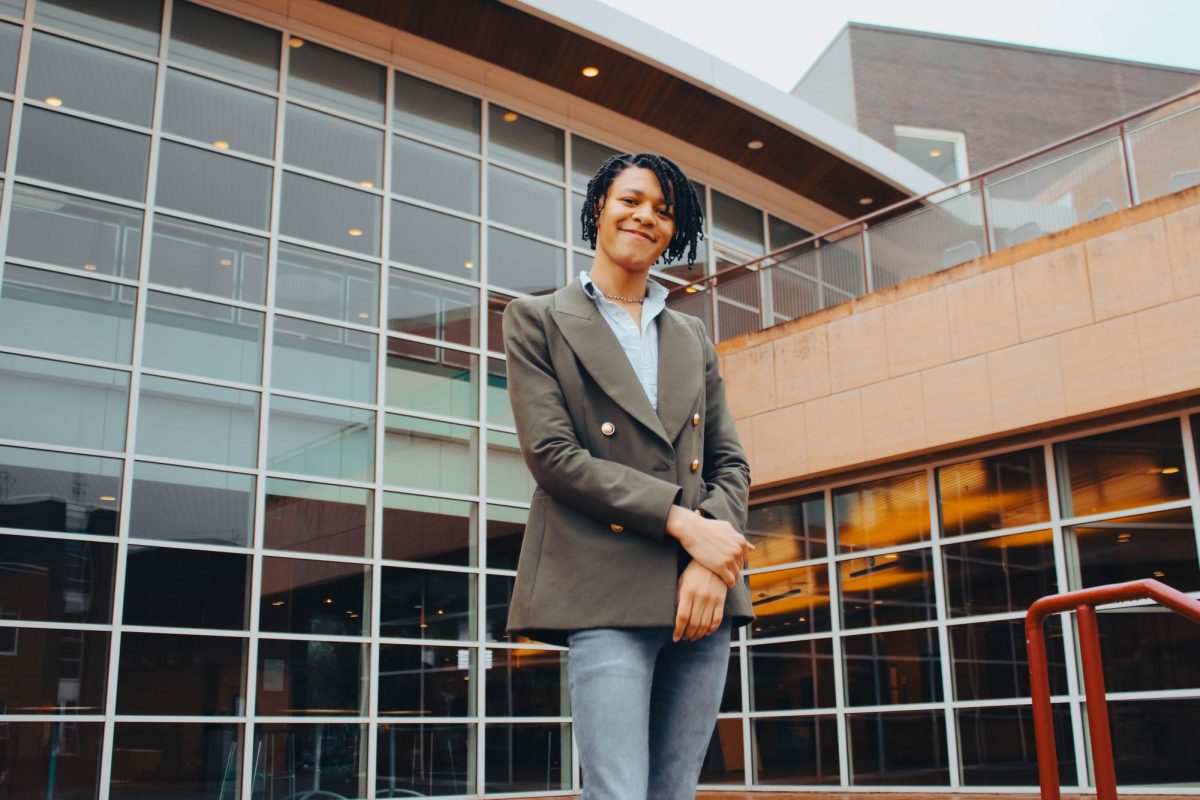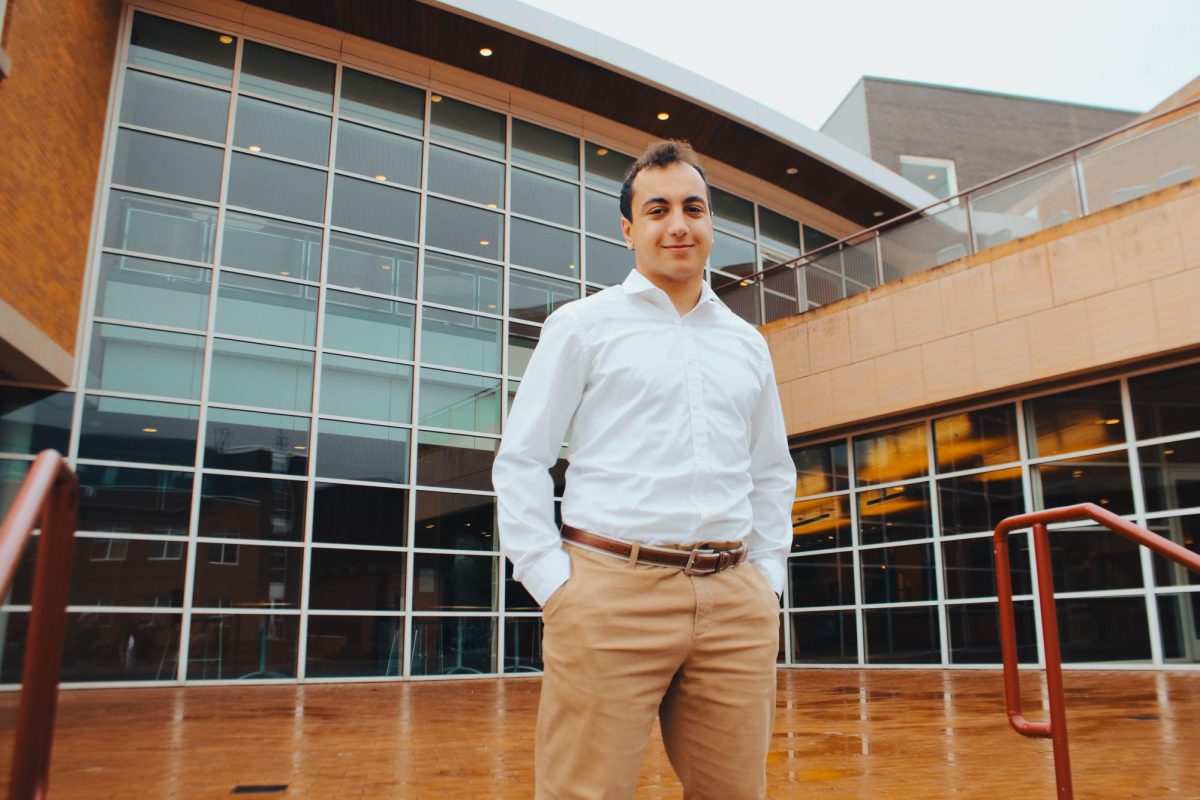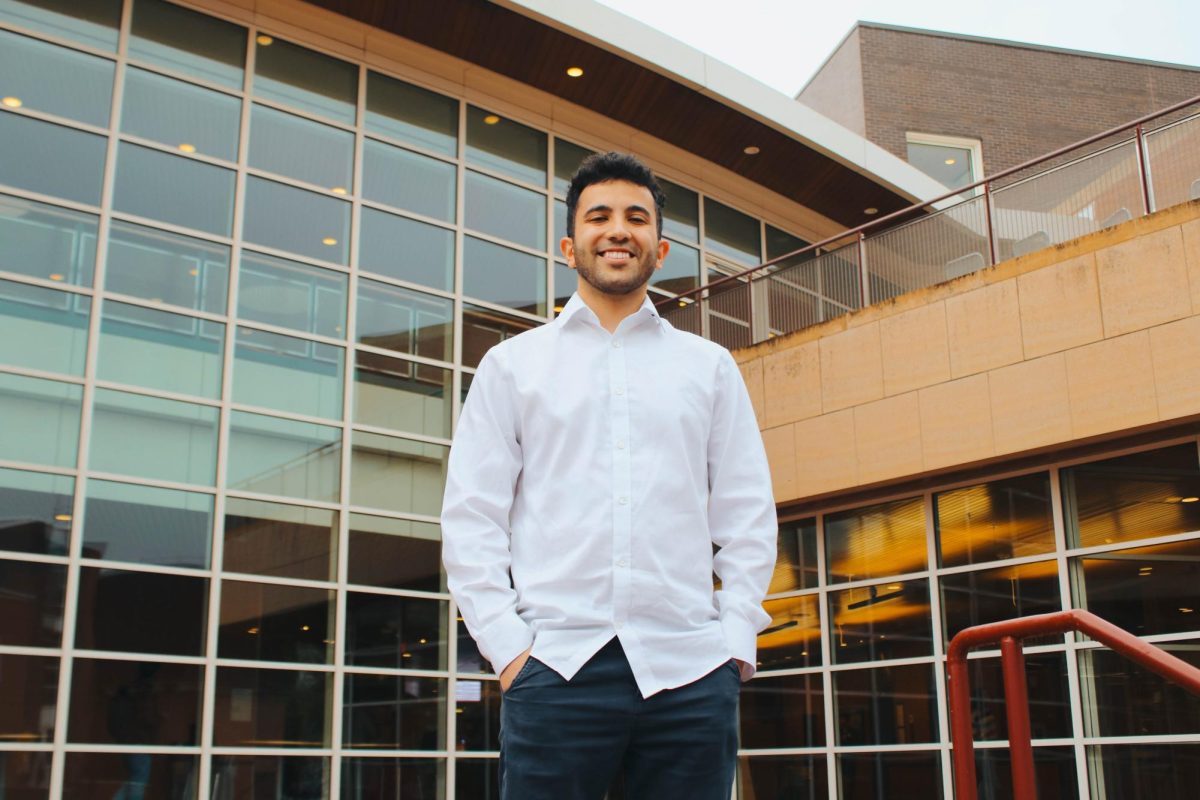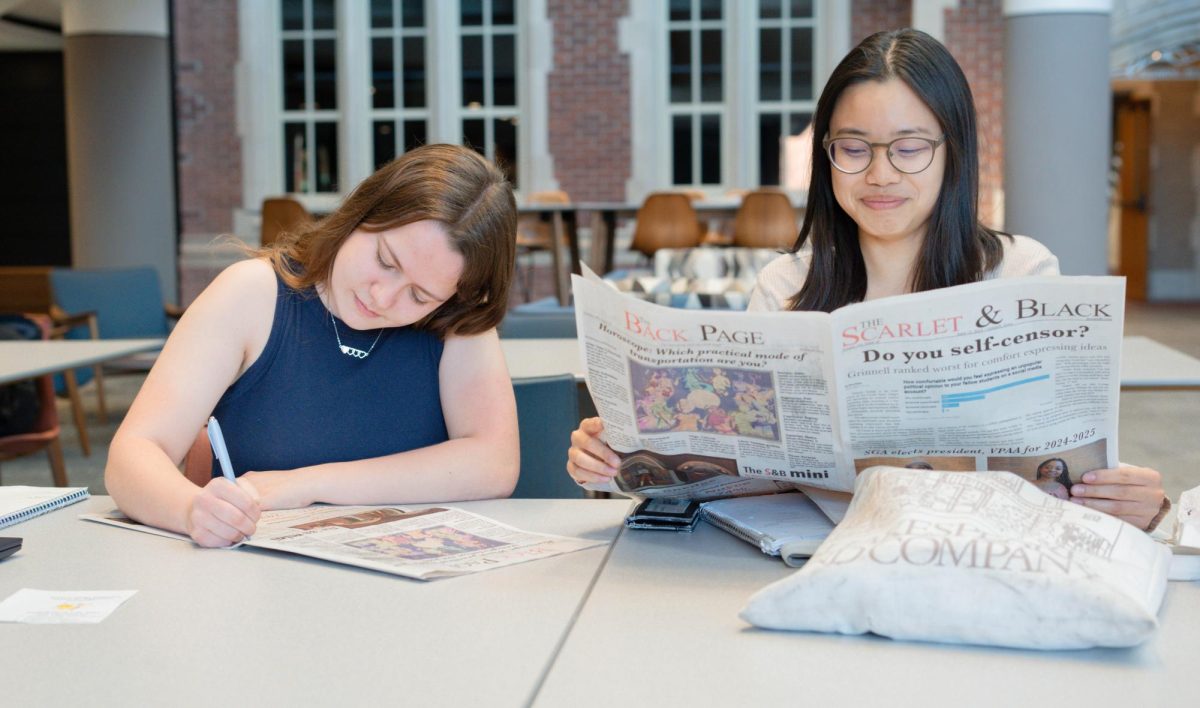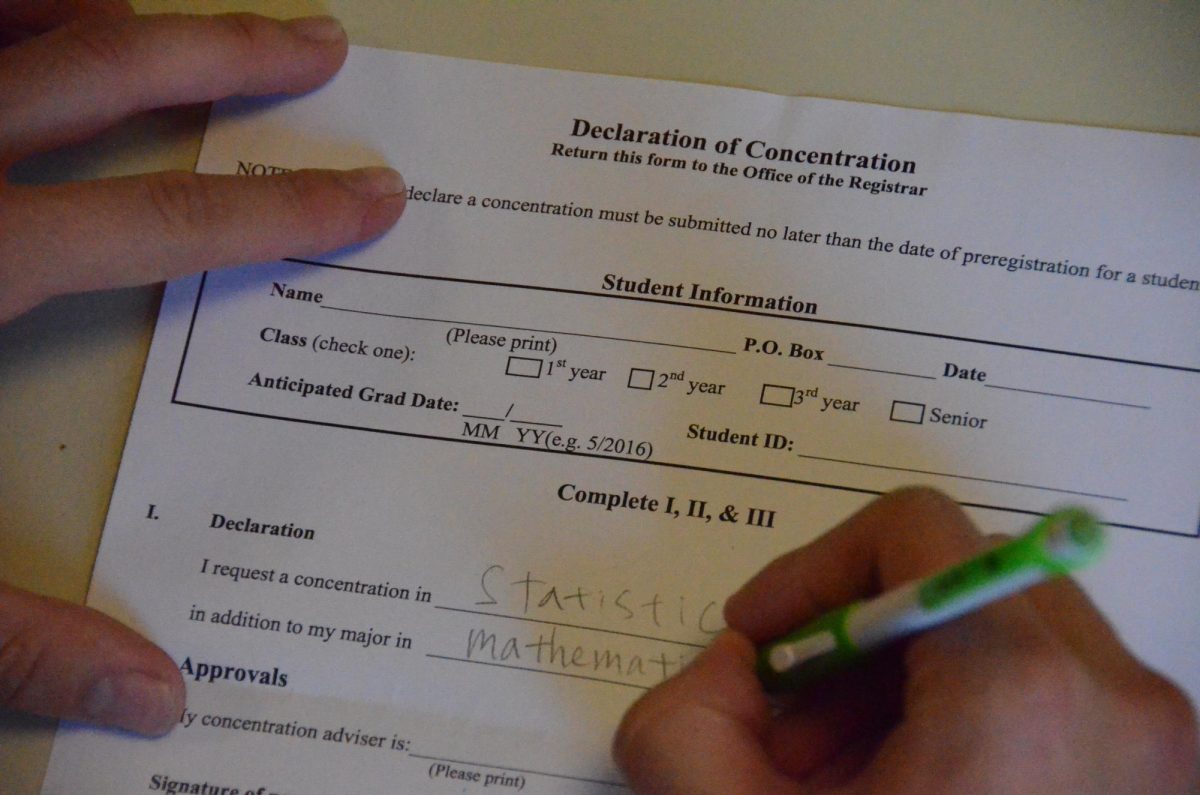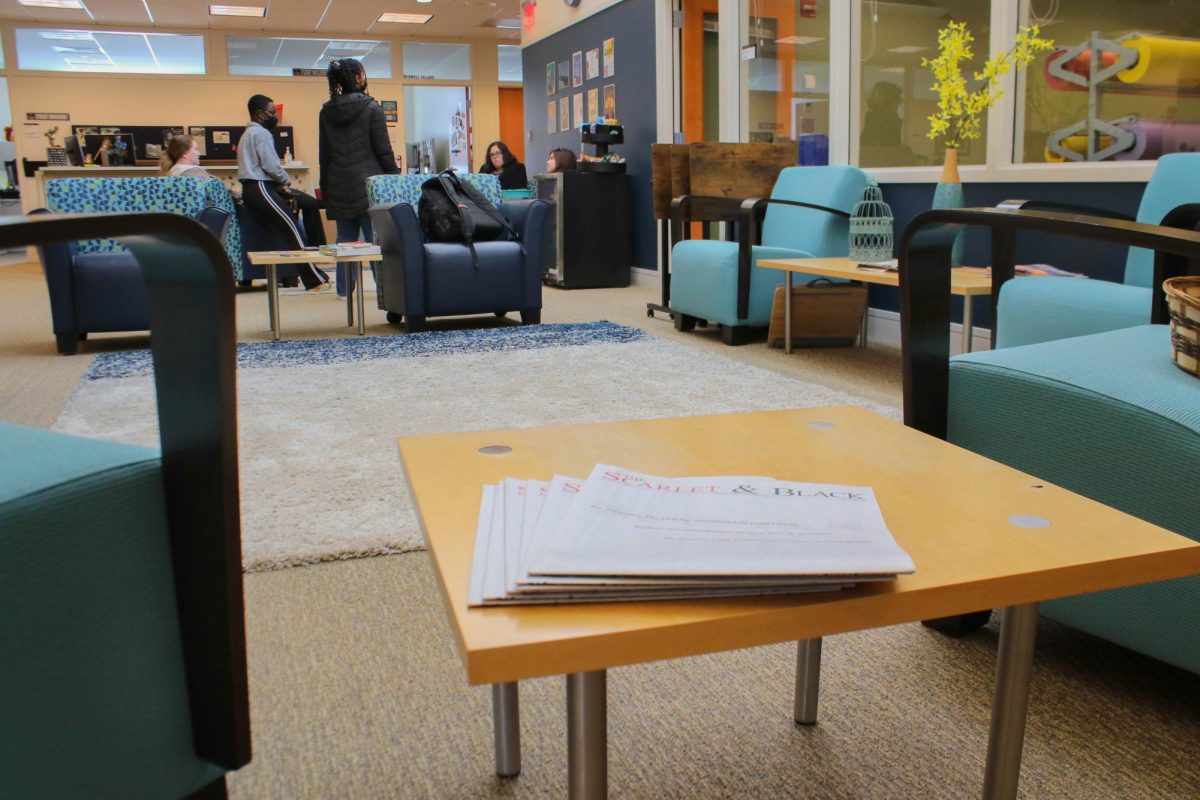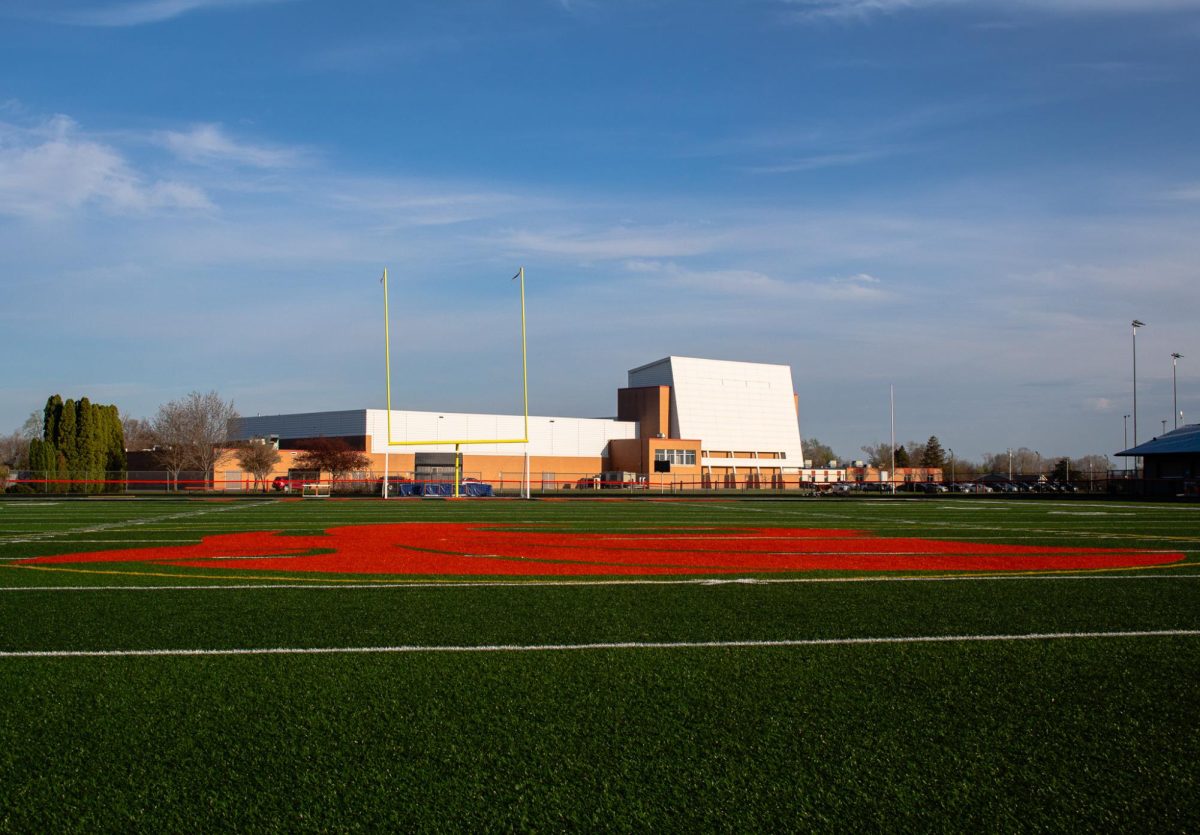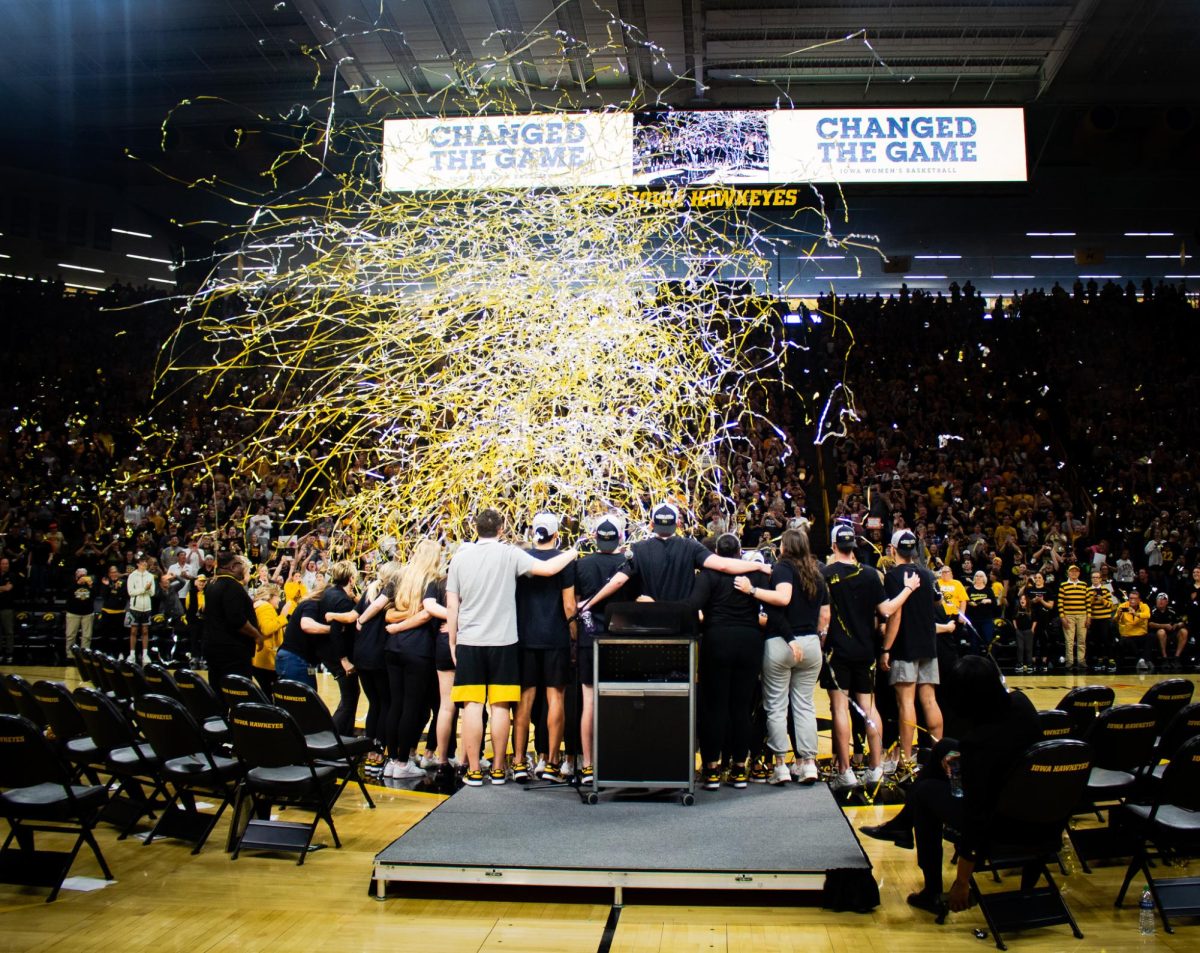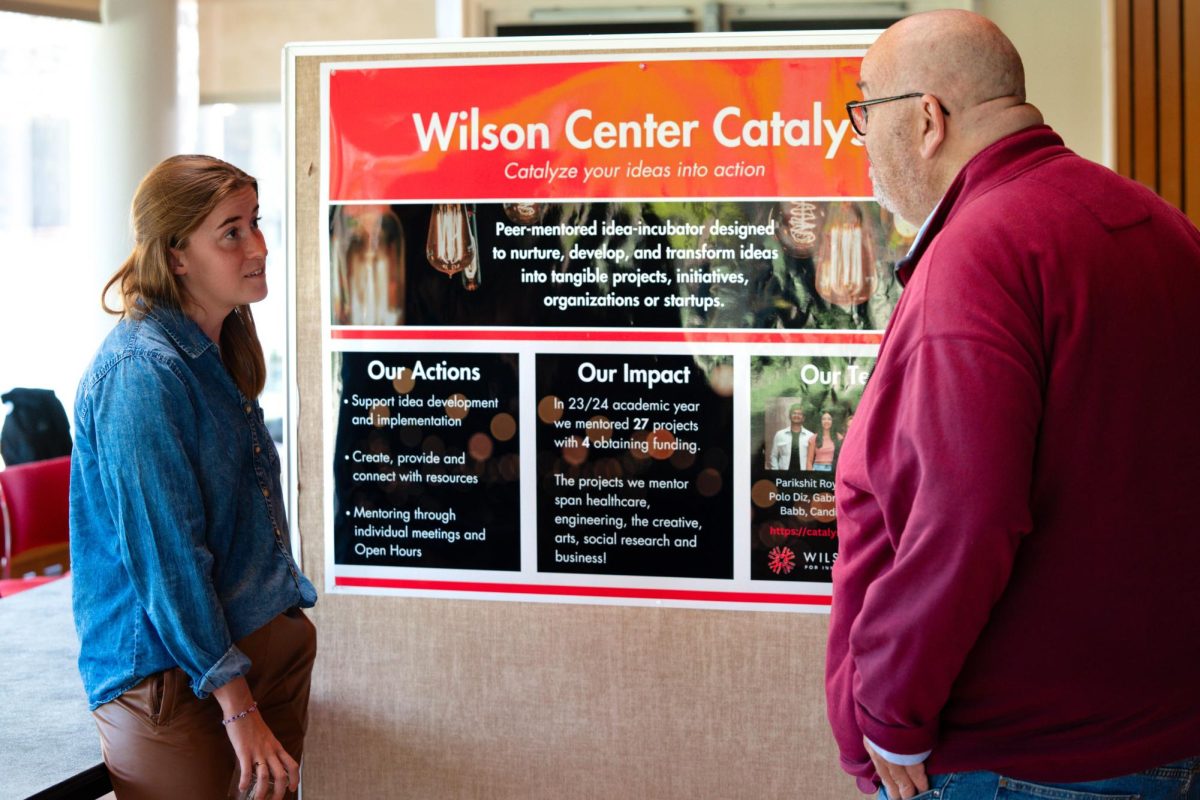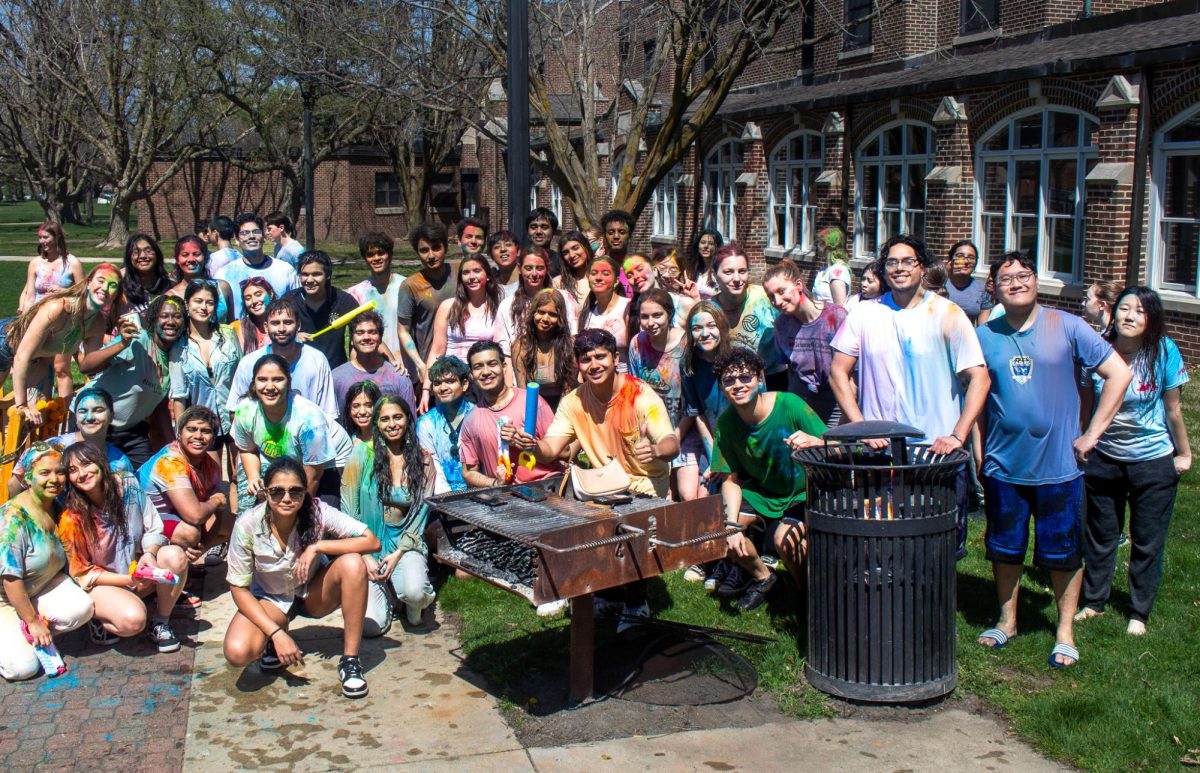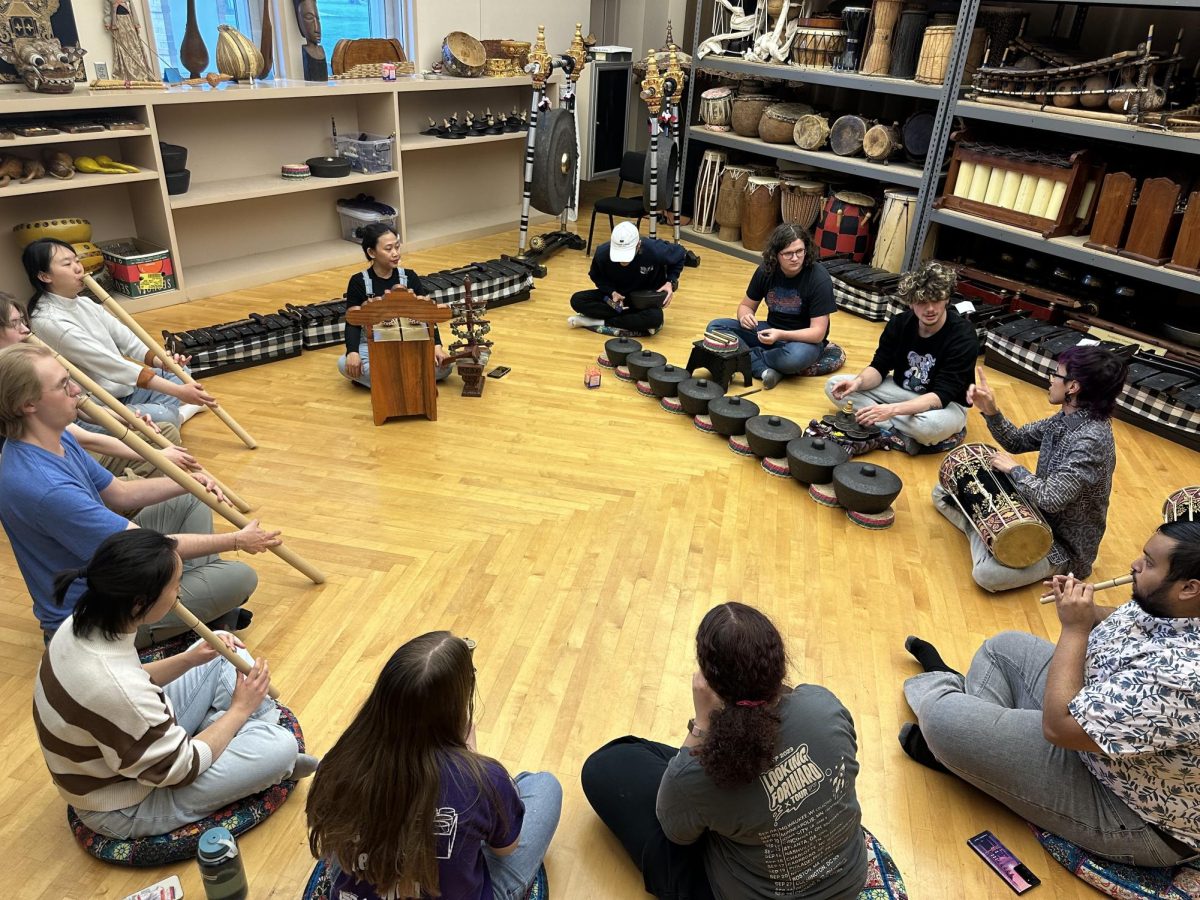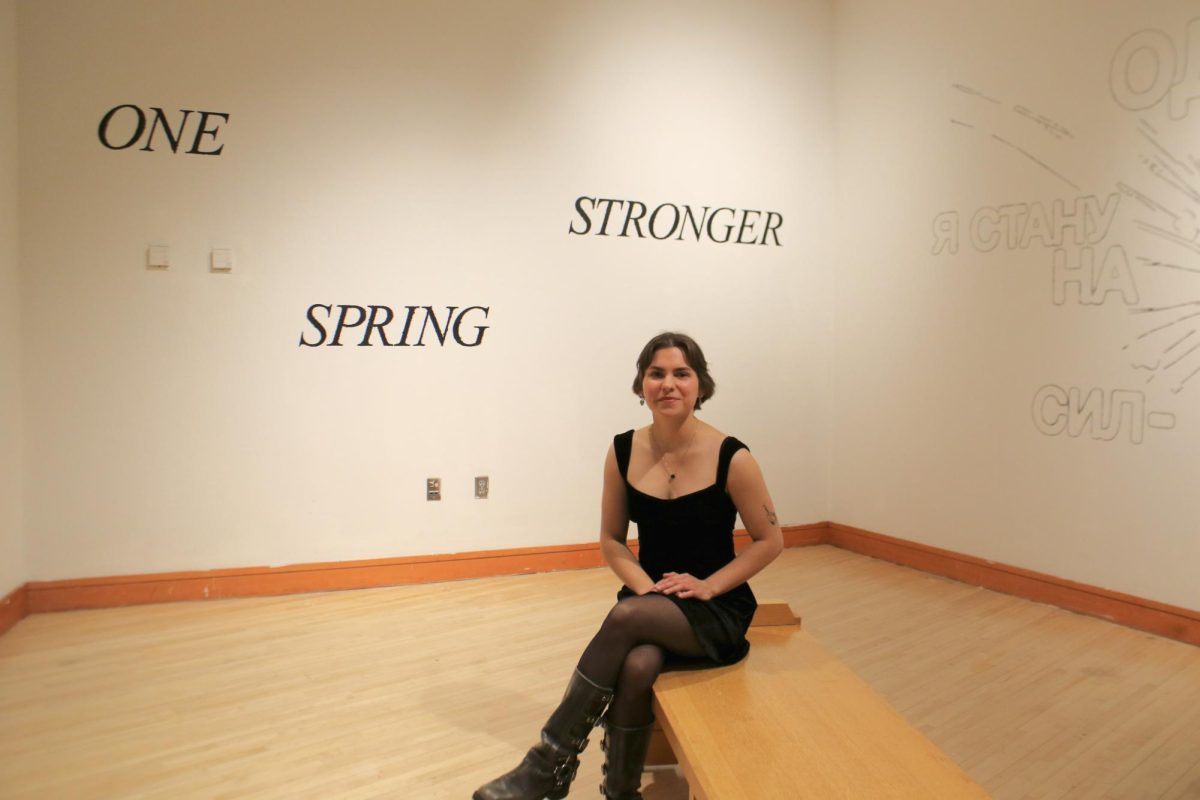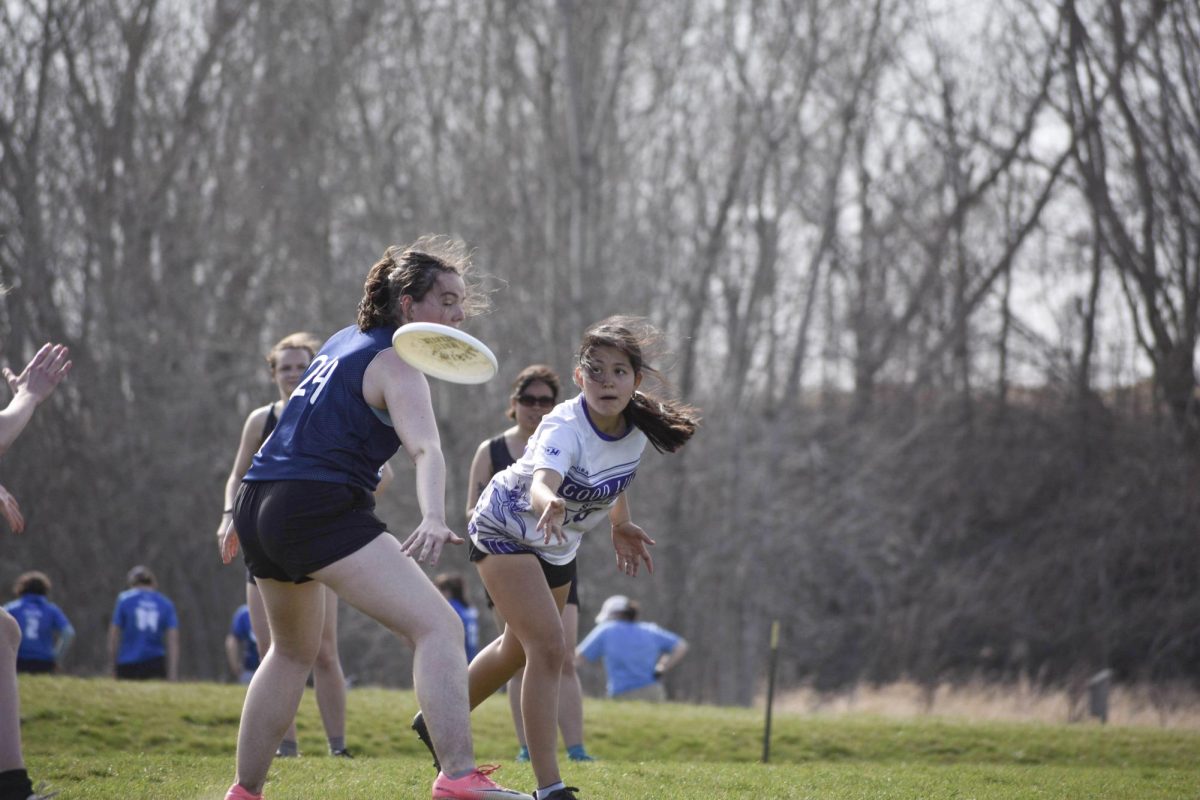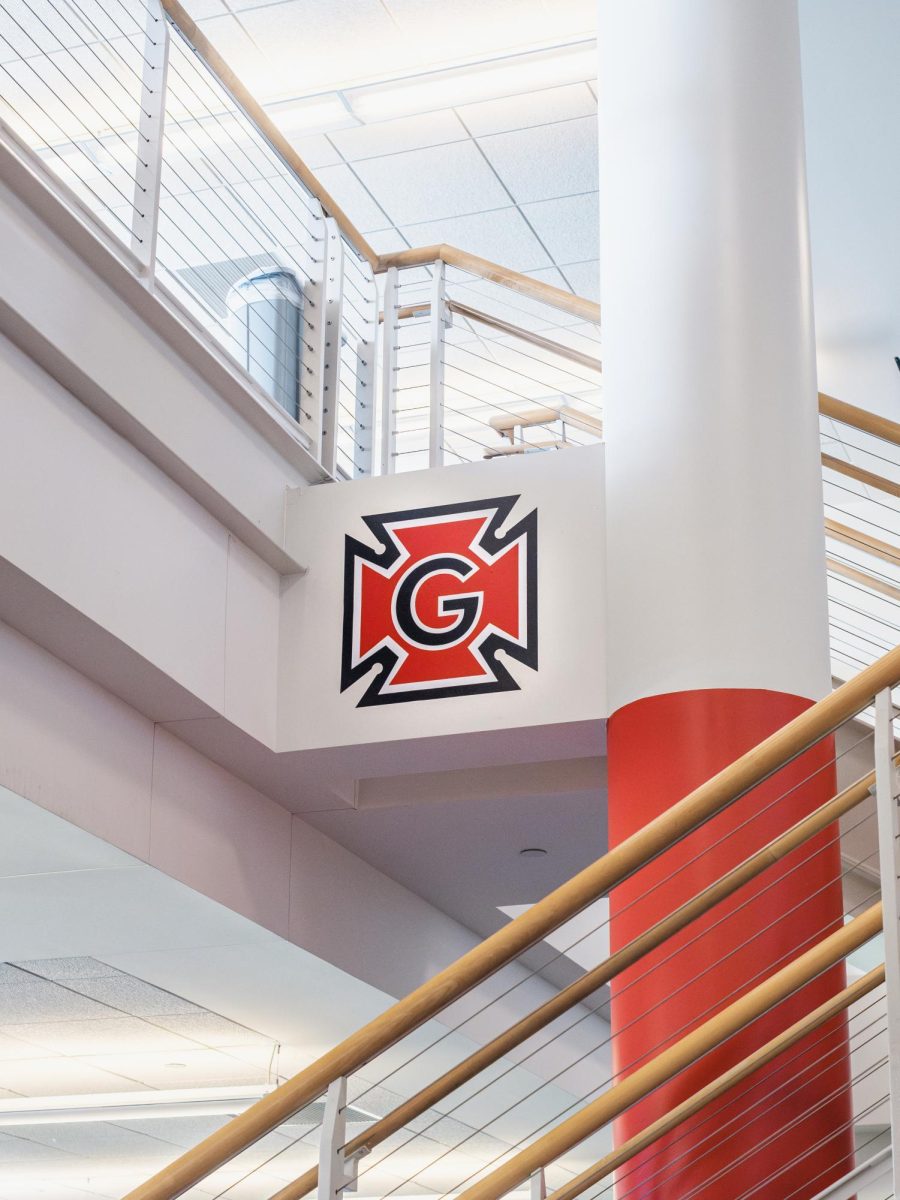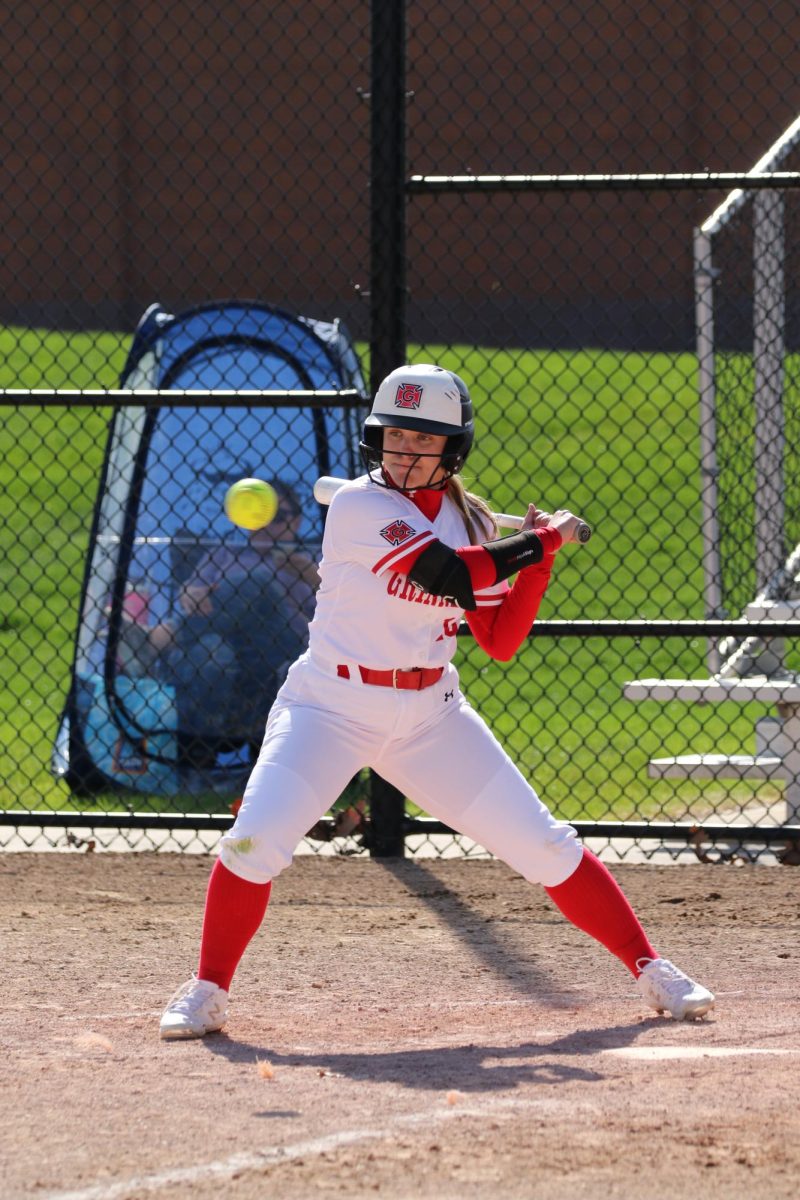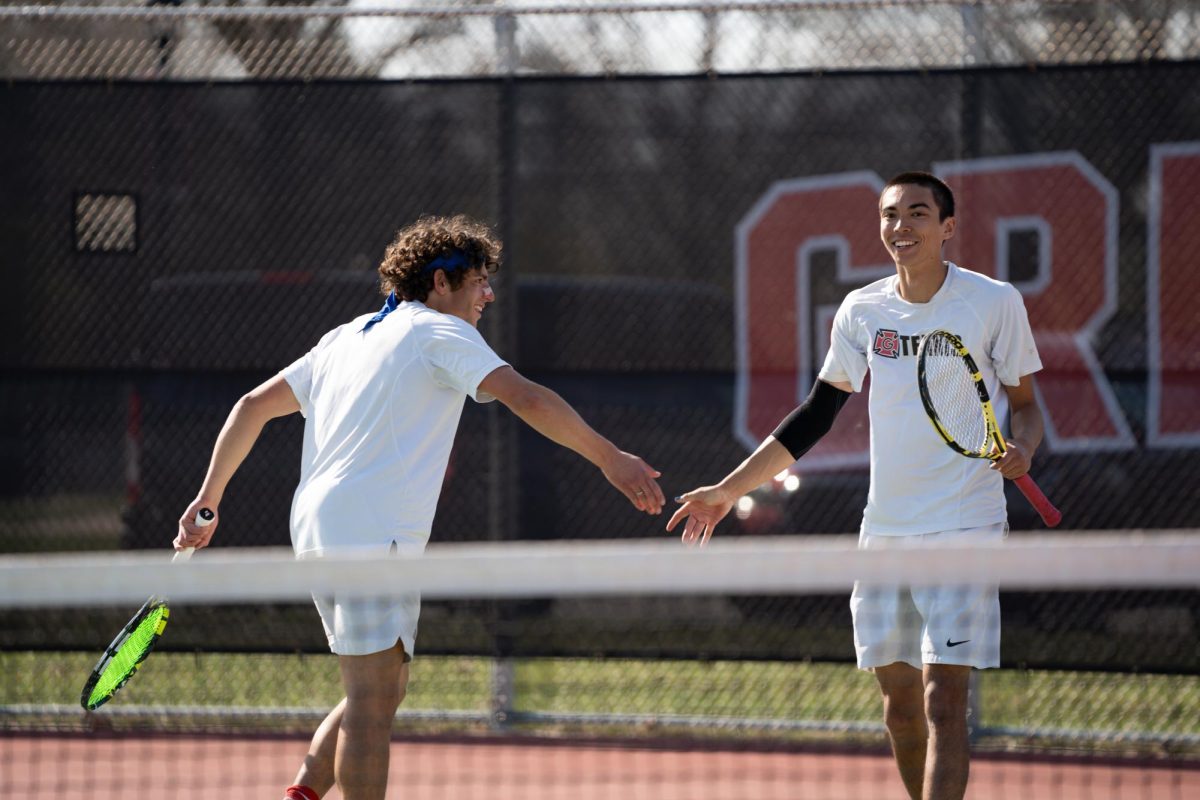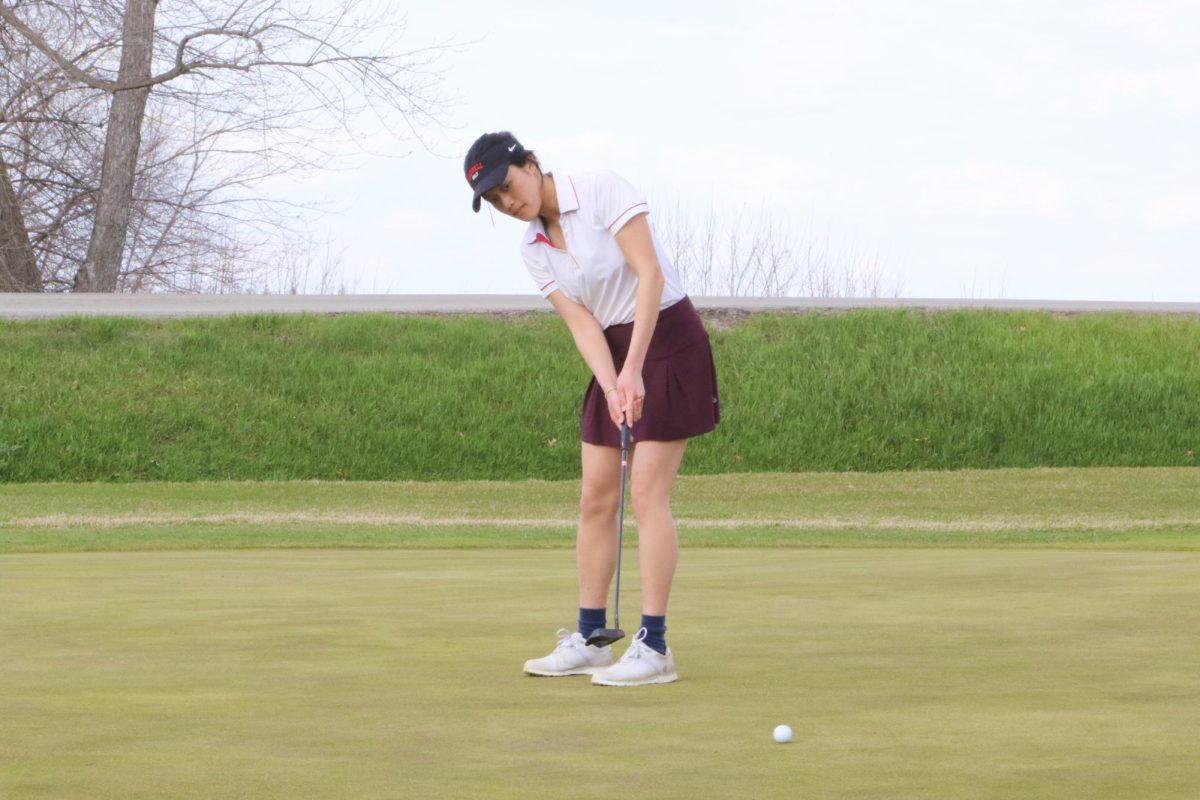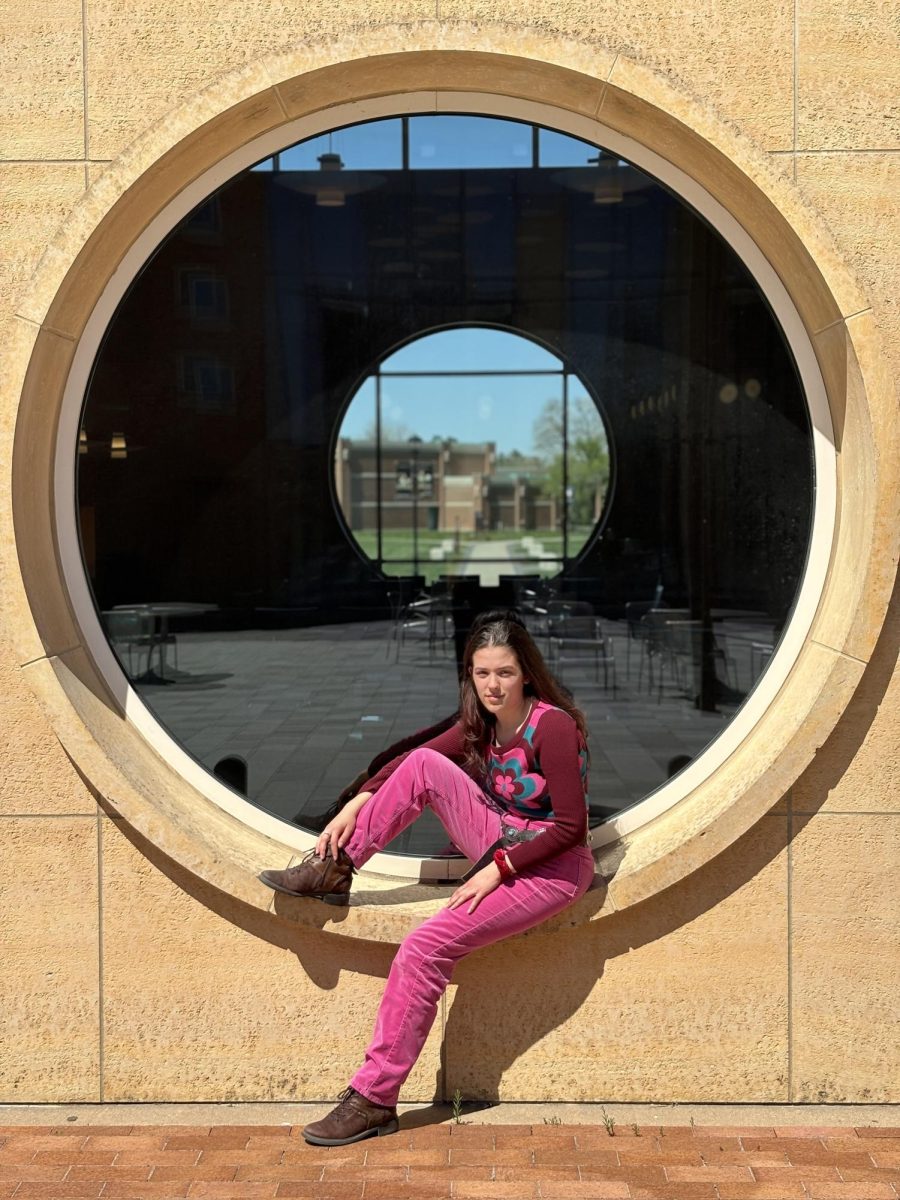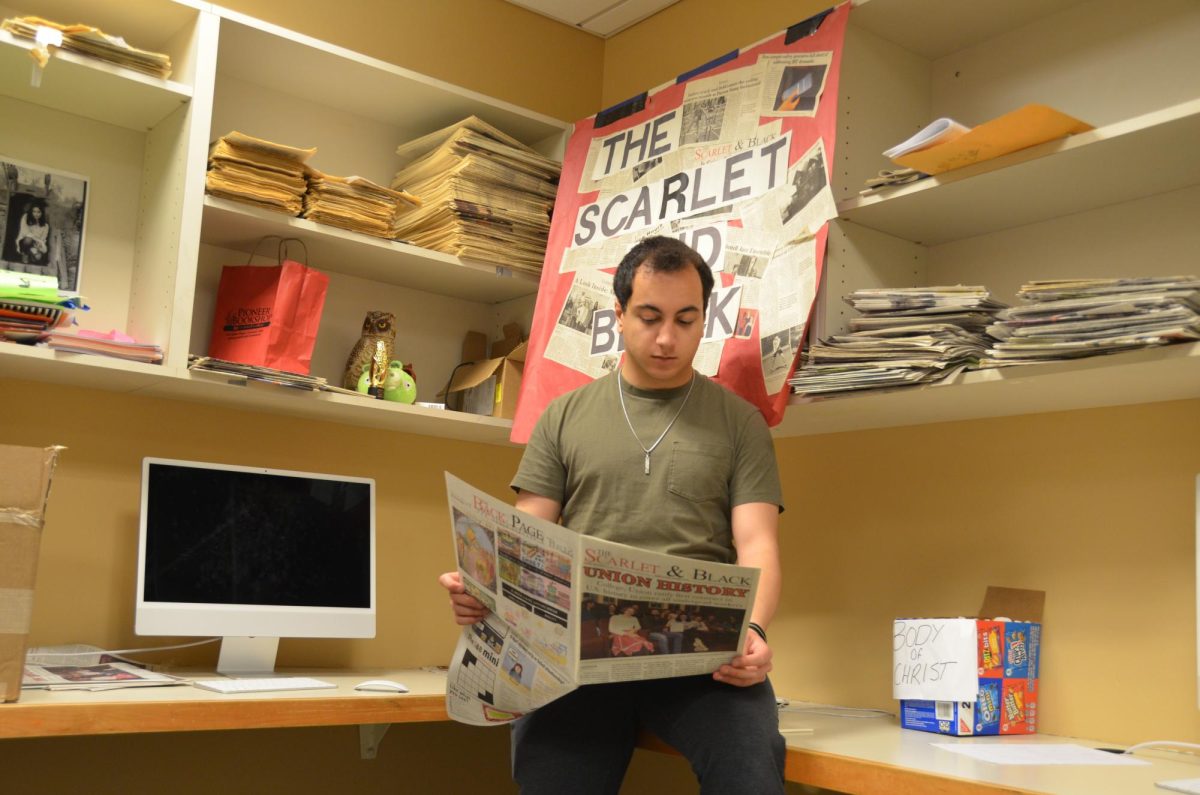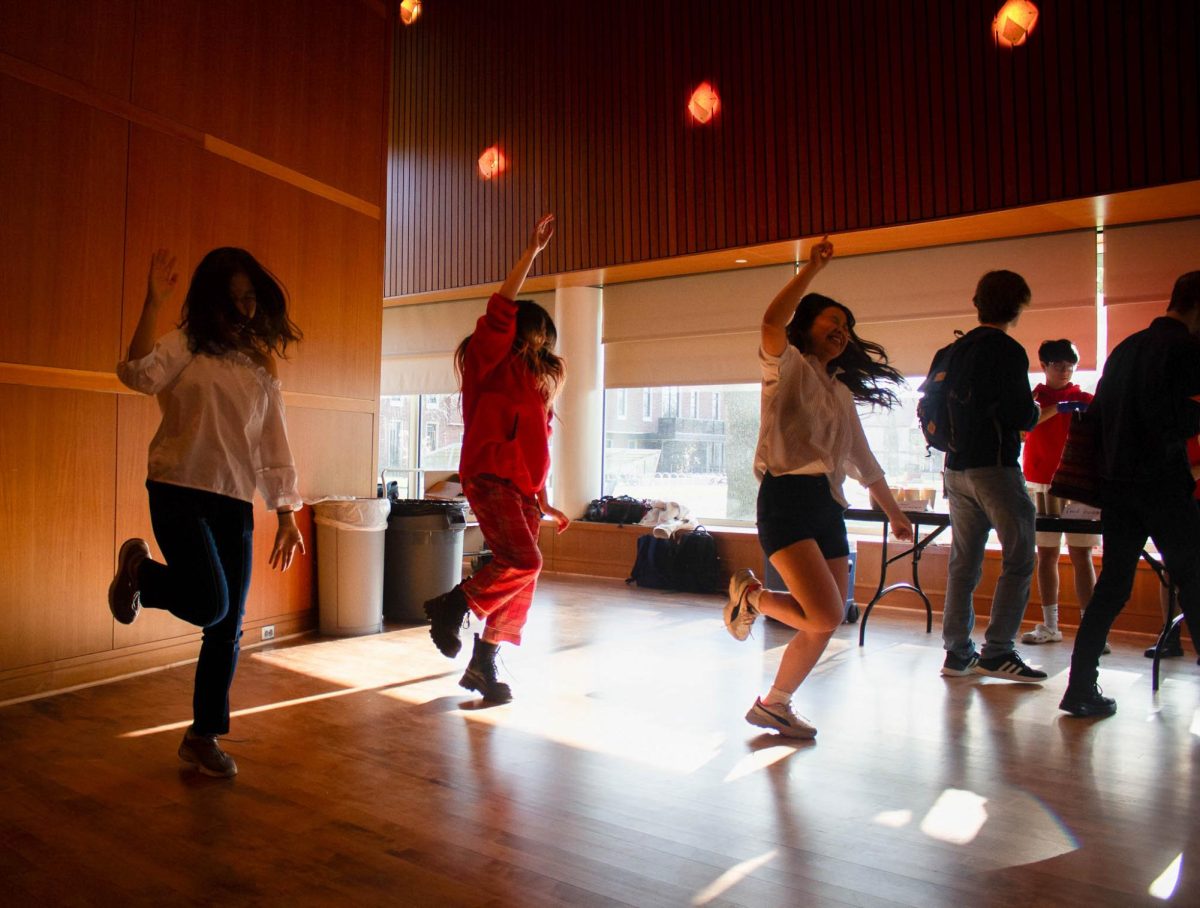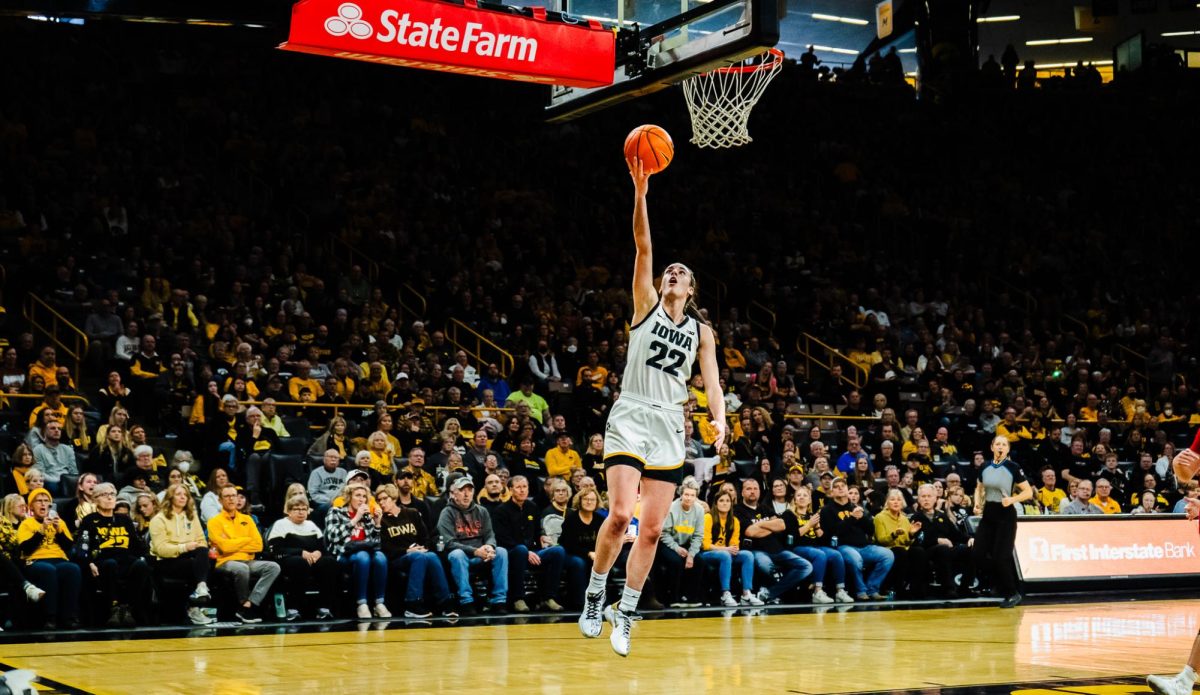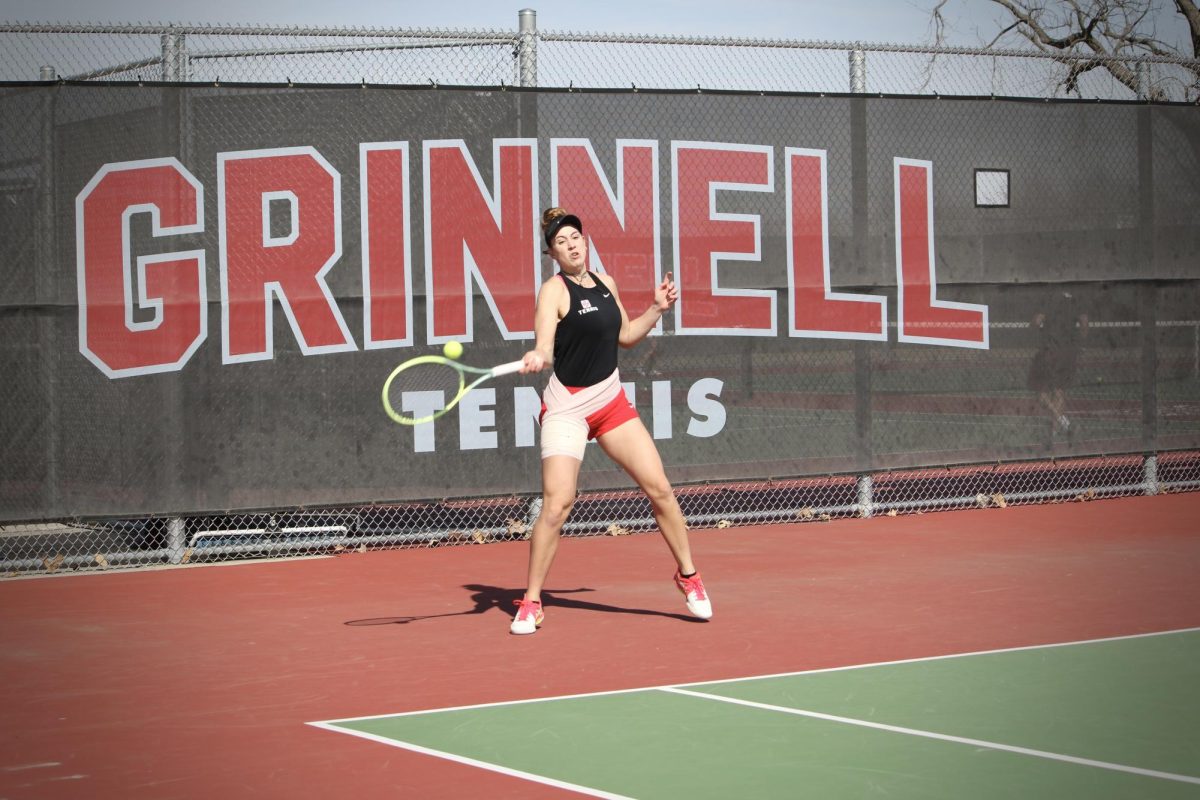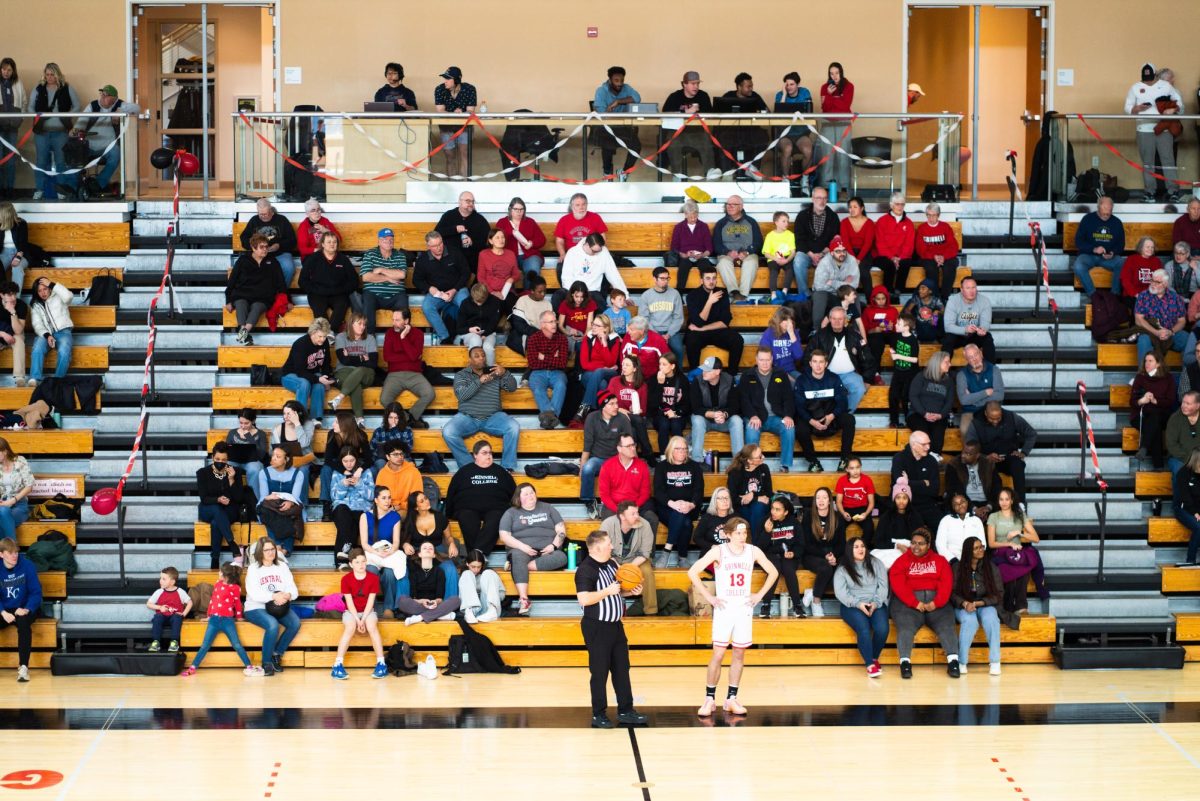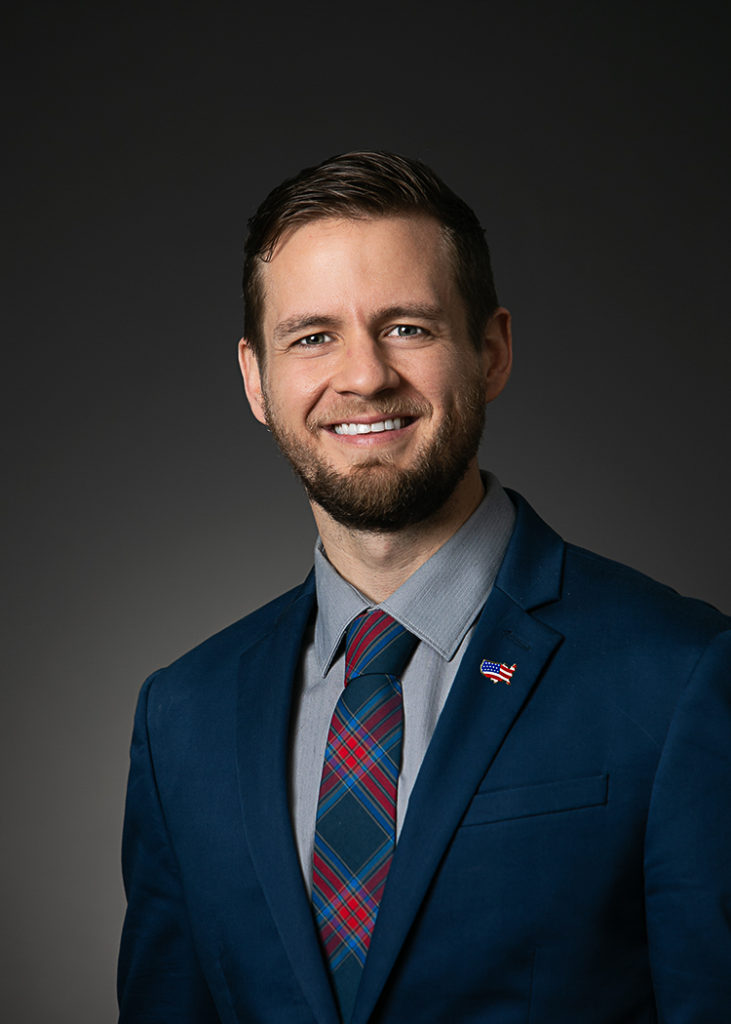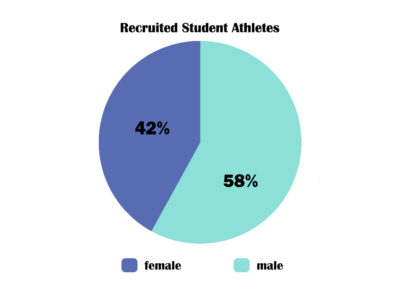
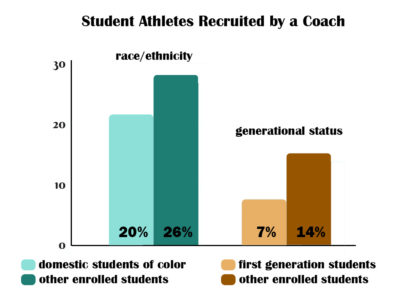
For most prospective students, the process of applying to college begins in the fall of their senior year when they start their applications. For prospective student-athletes, however, the process can begin as early as January of their junior year when the Midwest Conference permits college coaches to begin recruitment. Over the last few years, the Grinnell College athletic department and admissions office have worked in tandem to take advantage of this earlier recruiting calendar, developing a system wherein coaches begin conversations with potential athletes much earlier.
Of all Grinnell students who placed a deposit to attend the College last year, 20 percent were recruited student-athletes. Because of this significant ratio, the athletic department and admissions office ensure that they work closely, even placing an athletics department liaison in the office of admission.
“There’s a lot of communication occurring in the recruitment process much earlier than it used to be,” said Andy Hamilton, director of athletics. “We find student athletes who are interested in us, or we try to get interested in us, before they’re out of their junior year. One of the byproducts is that they want to know if they’re admissible. … So there’s a lot of interaction between prospective students and the admissions office much earlier.”
Recruiting rules for Pioneer athletics are regulated by the athletic department, the Midwest Conference and the National Collegiate Athletic Association (NCAA). These rules regulate when college coaches can begin talking to student athletes, where they are allowed to recruit and how they can communicate with potential recruits. Up until 2011, the Midwest Conference mandated that coaches could not begin to talk to student athletes until the end of their junior year of high school. After 2011, however, the conference permitted coaches to begin recruiting students in January of their junior year. As a result, Grinnell coaches have begun recruiting earlier, giving them a competitive advantage over peer institutions. This early recruiting is coordinated with the office of admission.
“When I arrived at Grinnell in 2012, the athletic directors here explained that Grinnell was at a disadvantage in the process of recruiting student athletes. Specifically, the timing of our admission process was later than our competitors and often resulted in the most qualified and talented student athletes committing to other institutions before receiving an offer of admission from Grinnell,” explained Joe Bagnoli, director of admission.
The recruiting process varies from sport to sport. Besides Midwest Conference, NCAA and institutional rules, there is no standardization to the Pioneer recruiting process. Recruiting tends to be more intensive for team sports such as football, baseball, softball, basketball, volleyball, etc., as it is more difficult to attract those athletes to Grinnell. According to Hamilton, this is due to “the national social scene of team sports being publicized,” at other, more athletically-focused colleges. For certain sports, coaches must work with the office of admission to ensure that certain key players are recruited.
“Every year, we’re trying to matriculate somewhere between 15 to 20 student athletes who project football in their future. For women’s tennis, we need two student athletes who are line-up caliber players. For swimming, it’s between six or eight for each gender, so that’s 12 or 16 total,” Hamilton explained.
Regardless of the sport, though, athlete recruiting involves a great deal of communication between coach and athlete. According to Hamilton, this takes the form of phone calls throughout the recruiting process, usually once a month but sometimes once a week. This regular communication allows the coach and prospective student to build a relationship, to see where they are in the admission process and ensure that the student is maintaining an academic standard.
The focus on academic as well as athletic excellence is key to Pioneer admissions. The office of admission stresses that prospective athletes will only be admitted to Grinnell if they demonstrate that they are highly qualified outside of their athletic achievements. To that end, although the athletic and admissions departments maintain close communication, final admission decisions are made exclusively by the admission committee.
“At some institutions, coaches have more autonomy and influence over the admission process. The admission committee at Grinnell — comprised of professional admission officers — makes all final admission decisions,” Bagnoli said. “Our admission committee works collaboratively with the coaching staff and others around campus in order to assess interest in specific prospective students. When arriving at admission decisions, our committee takes those interests into account.”
In the athletic department, those interests take the form of an athletic referral. Once a prospective student athlete makes an application to the College, a coach will inform the admission department about that student’s qualifications. According to Hamilton, this information includes athletic qualifications, academic success and how the student might fit the current needs of a sports team.
“Let’s say we’re recruiting a women’s basketball player who’s a six-foot center, and we don’t have a six-foot center. So that commentary to the admissions office is, this person plays a position where we have total need. Where that goes in the admissions office, we don’t know,” Hamilton explained. “There’s a good enough relationship that the admissions office will reach back and ask questions like, ‘Andy, what did you mean by we don’t have anybody in that position?’”
While the collaboration between athletics and admissions is useful for coaches attempting to recruit star players, it also helps admissions to ensure that they are the best qualified athletes possible. In previous years, according to Bagnoli, Grinnell was losing many highly-qualified athletes because they had already built loyalty to other schools who pursued them earlier.
Along with the Midwest Conference pushing the recruiting calendar back, the office of admissions has also began communicating earlier among students, coaches and themselves in order to determine whether a student might be admissible to Grinnell at an earlier stage.
“Admission to Grinnell was also becoming increasingly competitive for everyone, which made the chances of success more difficult for everyone,” Bagnoli said. “In 2011, the rate at which we offered admission to applicants was 45 percent. It has fallen in 2018 to 25 percent. It was clear that, in order for Grinnell to compete for the most qualified and talented student athletes, we would need to develop a different recruitment and admission strategy.”
This updated, more year-round collaborative system appears to have positive results for the relationship between athletics and admissions as well.
“The admission relationship with the athletic department right now is as good as I’ve ever seen it at the 35 years that I’ve been at Grinnell,” Hamilton said. “We have a good system worked out for communication and it’s pretty rare for someone to not be admitted and our coach to be surprised about it.”






